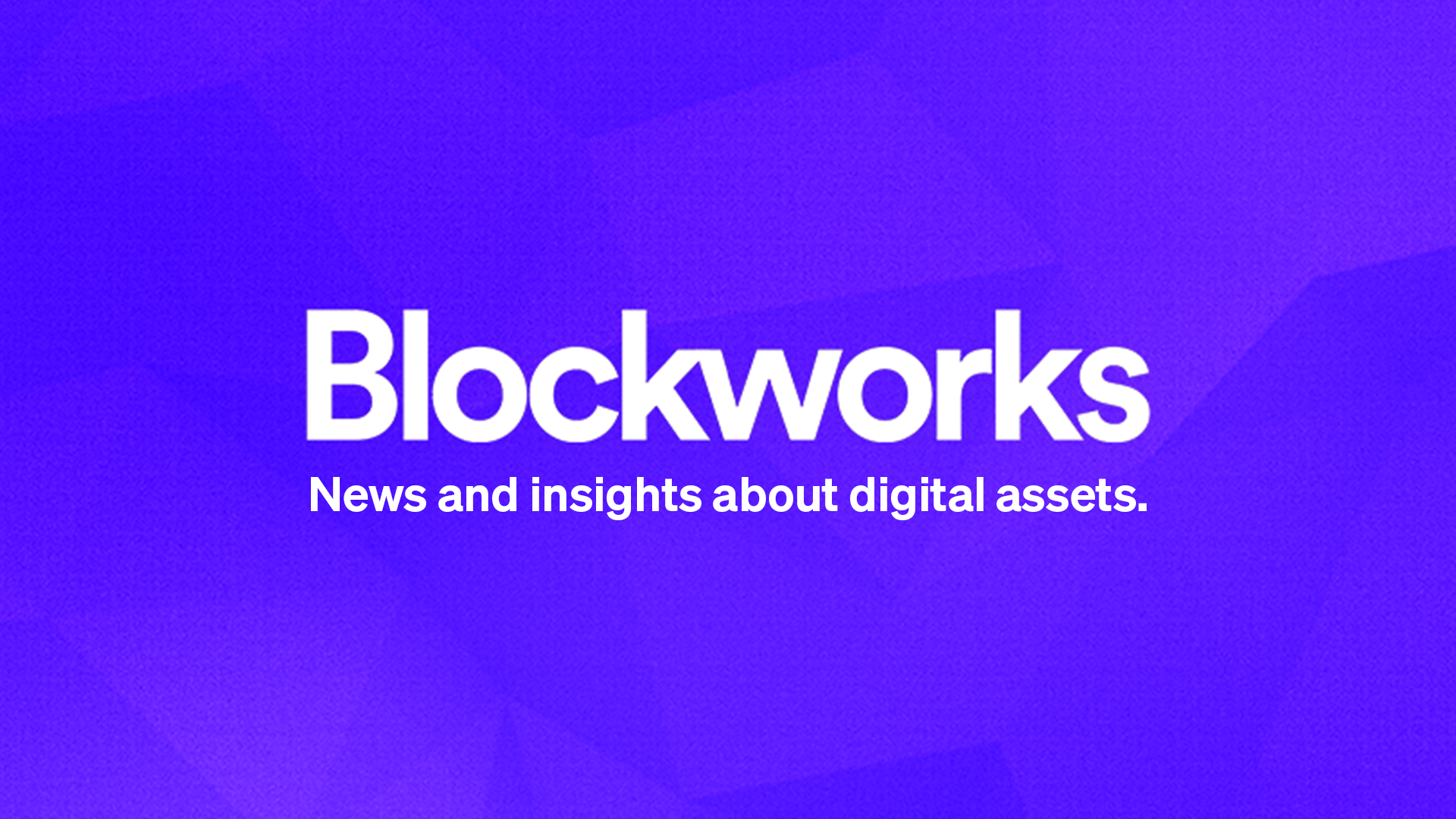ARTICLE AD BOX
“Instead of attacking industries of the future, we will embrace them, including making America the world capital for crypto.” – Former President Donald Trump
“We’re going to…remain dominant in AI and quantum computing, blockchain, and other emerging technologies.” – Vice President Kamala Harris
Following the collapse of FTX, the crypto industry’s reputation was at its lowest in the eyes of our country’s elected officials, hampering efforts in Washington. Yet, as we approach the 2024 election, this tide is shifting. With the crypto voter now emerging as a political force — especially among younger, tech-savvy generations — candidates face a clear choice: embrace the industry or risk alienating a critical voting bloc in an election expected to be fiercely competitive.
It’s common knowledge that the industry went through a challenging past few years in Washington. And even in the more recent “good” times, a hostile, marauding Securities and Exchange Commission under the leadership of Chair Gary Gensler has continued to “regulate through enforcement,” bogging down the industry’s most successful companies in a mire of legal challenges and court battles.
Read more: Robinhood expanding in Europe while US landscape remains uncertain
At times, the industry — and its users — have felt backed into a corner, desperately asking for clear rules of the road, but instead have been met with disparaging rhetoric, misleading news headlines and, in Gensler’s case, vaguely condescending “Office Hours” — social media videos explaining crypto’s many dangers. Despite this array of challenges, industry champions held firm in Washington, and tireless engagement by trade groups and individual companies is finally bearing positive results.
From my view as head of Blockchain Association, the leading trade association for the digital asset industry in Washington, I see four vectors that point to crypto’s near-term political future: the perspective of the voter, the work of advocacy organizations, industry coordination and collaboration, and shifting political winds at the highest levels.
1. The crypto voter is real
This year, the crypto voter emerged as a force, helping to shape the platforms of each presidential candidate. A year ago, this wouldn’t have been possible. According to polling from DCG and The Harris Poll, one in five swing state voters consider crypto to be an important issue in the upcoming election. And now, both the Republican and Democratic candidates for president include pro-crypto messaging in their campaign platforms. Importantly, digital assets are popular with voters of all political stripes, supporting the fact that crypto is an inherently nonpartisan technology.
In a race where razor-thin margins matter, candidates realize they can no longer ignore this critical voting bloc. Importantly, campaigns are realizing there’s no political advantage to being anti-crypto.
2. The crypto advocate is active
The grassroots organization Stand With Crypto counts more than 1.5 million advocates across the country who are actively engaged in conversation in Washington DC, and who are pushing their elected representatives for common sense legislation.
It’s working.
This week, crypto’s harshest critic, Senator Elizabeth Warren, softened her tone on the industry, stating, “I have no problem with people buying and selling crypto.” Similarly, Representative Maxine Waters called crypto “inevitable,” and earlier this week called for comprehensive stablecoin legislation during a House Financial Services Committee hearing.
3. The crypto industry is mature, organized and effective
Despite the industry’s relatively short time in Washington, the policy infrastructure we have in place is well-organized and creating an impact. Crypto advocacy is the natural evolution of a growing industry — we need to be able to make the case for crypto as other industries have traditionally done for their respective technologies and businesses.
In addition to groups such as Blockchain Association, individual company CEOs are engaging with policymakers to encourage clear rules for the crypto industry and consumer protection for crypto users.
The industry is now a sophisticated, mature — and effective — force in Washington.
4. Momentum is on our side
This moment is what the industry has been working so hard to achieve — and momentum is in our favor. Indeed, this week marks one of those key turning points. Both presidential candidates are publicly voicing support for digital assets. Both the House and Senate have pro-crypto blocs. Vocal dissenting voices are now the minority.
The industry has emerged from a low point in late 2022 — it’s been a long path traveled — but the resiliency of the industry is clear. The crypto voter is mobilized, active and vocal. Candidates up and down the ballot would be wise to listen.
Start your day with top crypto insights from David Canellis and Katherine Ross. Subscribe to the Empire newsletter.
Explore the growing intersection between crypto, macroeconomics, policy and finance with Ben Strack, Casey Wagner and Felix Jauvin. Subscribe to the Forward Guidance newsletter.
Get alpha directly in your inbox with the 0xResearch newsletter — market highlights, charts, degen trade ideas, governance updates, and more.
The Lightspeed newsletter is all things Solana, in your inbox, every day. Subscribe to daily Solana news from Jack Kubinec and Jeff Albus.
 1 month ago
30902
1 month ago
30902










 English (US) ·
English (US) ·